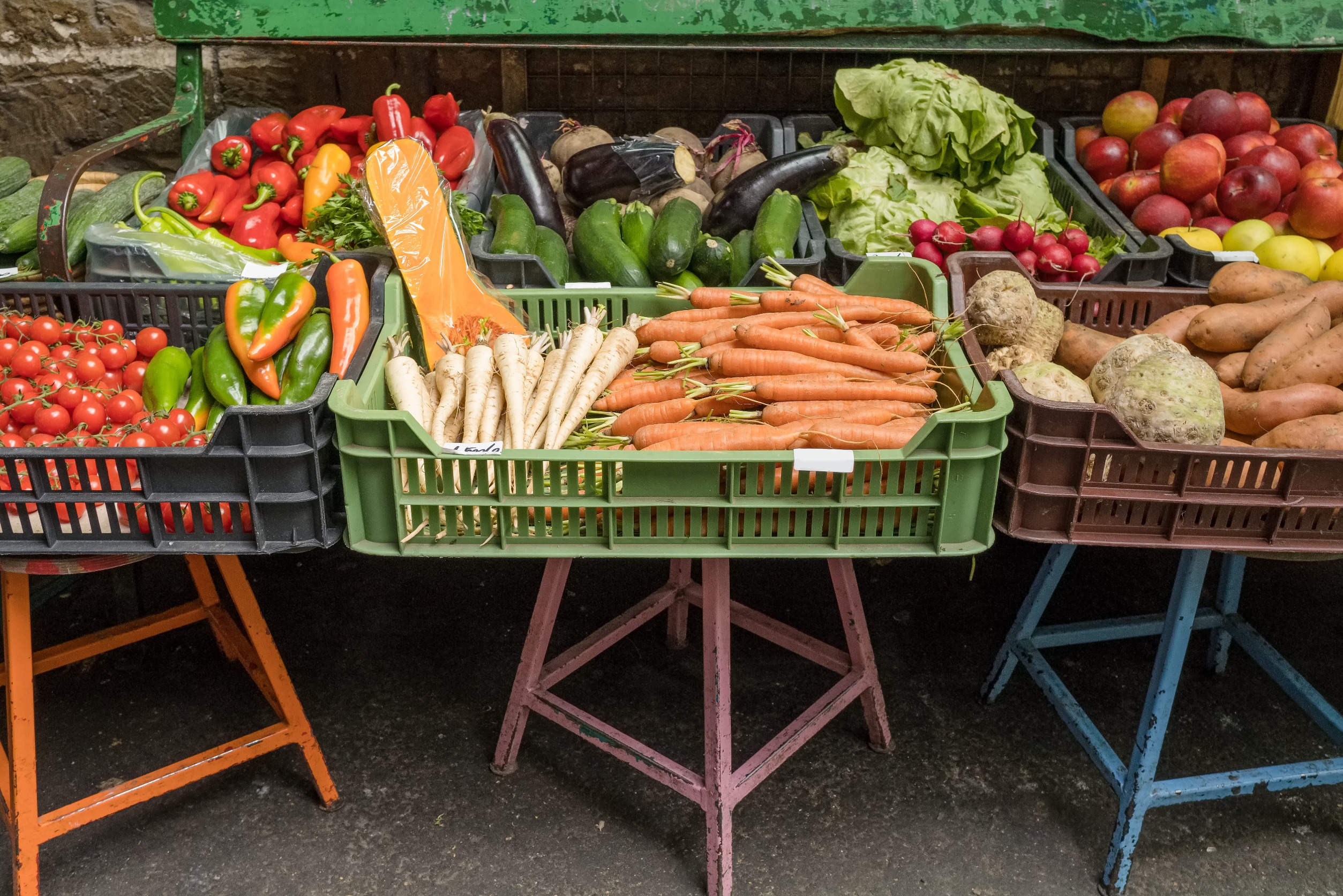I have frequently written about the immigrant farm labor supply in the United States.
More than two-thirds of the U.S. crop workforce is foreign-born.1 As the U.S. economy grew in the twentieth century, U.S.-born workers moved out of
farm work, and today less than 2 percent of the workforce is employed on farms. A
similar story is playing out in Europe as well, and it has important implications
for world labor migration, agricultural production, and international trade.
Only 4% of the workforce in the European Union is employed in agriculture,2 and the immigrant share of seasonal farm workers is growing. In France, the share
of seasonal salaried farm workers who were immigrants grew from 18.8% in 2010 to 24%
in 2016.3 Nevertheless, mobility of farm workers might decline as migrant-sending countries
become more developed. For example, Poland, which has been an important source of
farm labor migrants to many Western European nations for many years, now recruits
farm workers from Ukraine. Farmers in the European Union are seeking innovative solutions
to this farm labor problem. Some large farmers in the United Kingdom have begun growing
fruits in developing countries, like China, where labor is more abundant.4 Similarly, some U.S. growers have operations in Mexico.5
Labor scarcity puts pressure on policymakers to work out fair, ethical, and organized
immigration policies and trade alliances. According to International Fresh Produce
Association CEO Cathy Burns, “Immigration reform is the single most important action
that can be taken to give relief to Americans struggling to fight unprecedented food
inflation and provide healthy food choices for their families.”6 In the United States, food prices increased 8% in the past year, and food prices
are rising twice as quickly in Europe.7 Conflict in Ukraine is partly responsible for rising food prices in Europe, which
highlights the complex global networks of agricultural input supplies, which include
fuel, fertilizer, labor, and other inputs.
Immigration reforms might help relax some of the rising input costs to agricultural production, but policies must provide for rights and protections of migrants as well. Spain is implementing a new agricultural guest worker policy to facilitate increased farm labor migration from Morocco and Latin America. Asylum seekers in Italy often find employment on farms, but are vulnerable to abuse and do not typically know how to advocate for their rights. Labor migration in the United States is similarly challenging. The U.S. Department of Labor certified nearly 372,000 jobs for H-2A agricultural guest workers in fiscal year (FY) 2022. It certified 13,500 jobs in the first two quarters of FY23, which exceeds the 12,000 certified in the first two quarters of FY2022.8 Numerous growers, worker advocates, stakeholders, and policymakers support H-2A program reform that would streamline the application process and provide additional protections for workers. The Farm Workforce Modernization Act, which was developed through joint meetings between grower representatives and worker advocate groups, has received bipartisan support, but has not yet passed the Senate.
Global labor migration is occurring simultaneously to global trade of commodities and other goods. As prices of U.S. produced food rises, Americans and consumers abroad will likely purchase more labor-intensive goods that were produced outside the United States. Currently, Mexico produces one-third of the world’s avocados, and production is growing in Colombia, Peru, and Kenya as well. Mexico exported 356,000 tons of strawberries in 2021, almost all to the United States. The United States produces only about two-thirds of the strawberries consumed domestically.9 While some supply chains have become less globalized in response to supply chain frictions experienced during the pandemic, agricultural markets are still highly integrated across countries. Growers in the United States, the European Union, the United Kingdom, and other more developed nations will have to continually innovate and seek out comparative advantages to remain competitive in global markets. Furthermore, consumers and policymakers will have to determine how best to demand, regulate, and enforce fair and ethical labor and environmental practices throughout the food supply chain.
1 Based on estimates from the Department of Labor (DOL) National Agricultural Workers Survey
2 Based on data for employment in 2019 from The World Bank https://data.worldbank.org/indicator/SL.AGR.EMPL.ZS?locations=EU
3 Mitaritonna, C. and Ragot, L. 2020. “After Covid-19, Will Seasonal Migrant Agricultural Workers in Europe be Replaced by Robots?” Centre d’Etudes Prospectives et d’Informations Internationales. Policy Brief No. 33 (June 2020).
4 Mitaritonna, C. and Ragot, L. 2020. “After Covid-19, Will Seasonal Migrant Agricultural Workers in Europe be Replaced by Robots?” Centre d’Etudes Prospectives et d’Informations Internationales. Policy Brief No. 33 (June 2020).
5 Baker, D. 2007. “U.S. Farmers Move to Mexico: What Happened to the Land?” The American Prospect: Ideas, Politics & Power. September 5, 2007.
6 “Food, Wine” Rural Migration News. July 2023. 29(3). https://migration.ucdavis.edu/rmn/ Accessed July 14, 2023.
7 “Food, Wine” Rural Migration News. July 2023. 29(3). https://migration.ucdavis.edu/rmn/ Accessed July 14, 2023.
8 “H-2A; H-2B” Rural Migration News. July 2023. 29(3). https://migration.ucdavis.edu/rmn/ Accessed July 14, 2023.
9 “Canada, Mexico” Rural Migration News. July 2023. 29(3). https://migration.ucdavis.edu/rmn/ Accessed July 14, 2023.
See other Related Articles:
Tight Labor Markets and Immigration
Is H-2A Reform Possible? And What Would It Mean for Workers and Employers?
Help Wanted & H-2A

Diane Charlton
Associate Professor

 Source:
Source: